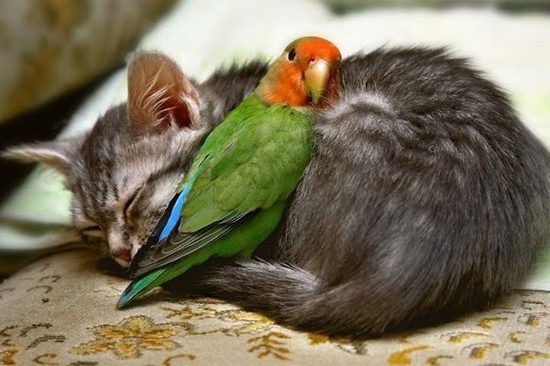We all can benefit from a little extra kindness, and leaders are in a prime position to spread it.
Mindy Stearns is so dedicated to her role that she assumed the position of Chief Kindness Officer at mortgage lender Kind Lending.
You might be familiar with Mindy’s diverse career, which began with animal impressions on an episode of The Oprah Winfrey show. This experience brought unexpected attention, leading Mindy to pursue a career in radio and TV presenting. Most notably, she was the red carpet reporter for Entertainment Tonight.
Kind Lending was founded by Mindy’s husband Glenn Stearns, the former CEO of major mortgage lender Stearns Lending. Kind Lending aims to offer loans with a more compassionate approach. Mindy and Glenn also extend this attitude to their employees.
“Ultimately, people want to feel valued and important,” Mindy explains. “It’s crucial for me to show our employees how much they matter because without them, none of this would be possible.”
Mindy discusses here the integration of kindness into business practices, the correlation between kindness and strength, and why kindness sometimes requires firmness.
Understanding the Distinction Between Being Nice and Being Kind
While being nice and being kind may seem interchangeable, there is a subtle difference.
Mindy defines kindness as actively making decisions that prioritize others and enhace their lives. On the other hand, being nice involves more superficial gestures without effecting real change.
For example, if you delay breaking up with someone to avoid hurting their feelings, you are being nice but not kind. The longer you wait, the more painful it will be for the other person.
Kindness is not synonymous with weakness. “People often mistake kindness for weakness,” Mindy notes. “They say, ‘They’re too nice’ or ‘They’re too kind, they’re weak,’ when in reality, kindness is a powerful choice and action.”
Being nice may be simple and fleeting, but being kind involves going the extra mile to make a tangible impact.
Tips for Establishing a Kind Business
Showcasing kindness toward the individuals who drive your company is beneficial for both business success and employee retention. Additionally, it exemplifies the right thing to do.
Mindy and Glenn incorporated “kind” into their company’s name to lay the groundwork for a compassionate approach. Here are some ways they have integrated kindness into their workplace:
- Celebrate employees: As Chief Kindness Officer, Mindy ensures that new staff members feel welcomed by personally calling each of them and organizing special birthday celebrations.
- Personalize interactions: By sending new hires questionnaires and staying updated on their personal lives, Mindy aims to provide optimal support at work.
- Promote work-life balance: Avoid contacting employees after hours or on weekends to grant them a healthy work-life equilibrium. Mindy and Glenn even grant additional paid time off every month.
- Encourage volunteerism: Through the Bridge program, Kind Lending supports employees who engage in charity work by matching their volunteer hours with monetary donations. This not only acknowledges their values but also spreads kindness beyond the organization.
- Assign kindness as a job responsibility: With the demanding nature of running a business, it’s essential to delegate responsibilities based on individual strengths. While Glenn handles the operational aspects, Mindy incorporates the human touch. This division ensures all aspects are covered effectively.
The Necessity of Toughness in Kindness
Building a business centered on kindness doesn’t mean employees have free rein. Setting boundaries is crucial in demonstrating kindness, similar to setting limits on Halloween candy intake!
While Mindy encourages employees to approach her and Glenn with concerns, she also emphasizes working through designated channels, like line managers.
Establishing a clear hierarchy ensures that employees know there are protocols in place to address ideas or complaints without bypassing existing systems.
Another challenging aspect of leading a kindness-oriented business is recognizing when someone is adversely impacting the company culture and taking necessary action to protect the team.
“To maintain a positive culture, it’s essential to part ways with individuals who disrupt it,” Mindy states. “This allows dedicated employees to feel valued and heard.”
Unlike niceness, kindness may be demanding. But once embraced, it becomes clear that kindness is the superior path to follow.


